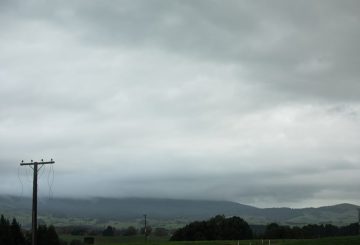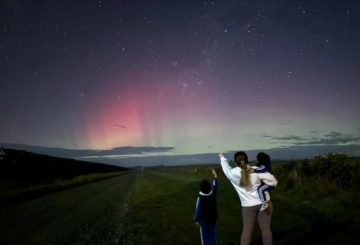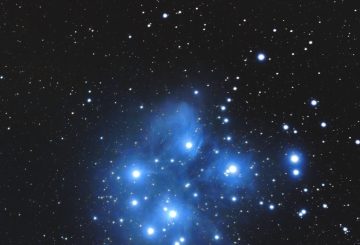Một ứng dụng điện thoại kết nối khách hàng với thực phẩm dư thừa từ các quán ăn đang mở rộng ở Đảo Nam.
Foodprint đã được ra mắt vào 2019 và bây giờ jhas 350 quán ăn trên toàn quốc trên ứng dụng di động, nơi mọi người có thể mua thực phẩm mà nếu không sẽ đi đến lãng phí.
Người sáng lập và giám đốc Michal Garvey cho biết Foodprint đã cung cấp cho các quán cà phê, nhà hàng và các doanh nghiệp khách sạn khác một nền tảng để bán thực phẩm thặng dư và không hoàn hảo với giá giảm để giúp ngăn chặn nó bị lãng phí.
Garvey bắt đầu ứng dụng di động sau khi nhận ra khách sạn và các nhà bán lẻ thực phẩm thường bị loại khỏi các dịch vụ cứu hộ thực phẩm truyền thống.
Số liệu cho thấy gần 50.000 tấn thực phẩm bị lãng phí bởi các lĩnh vực khách sạn và bán lẻ mỗi năm ở New Zealand, hơn một nửa trong số đó vẫn còn ăn được.
Nghiên cứu của Đại học Otago và Love Food Hate Waste cho thấy hơn 60 phần trăm thực phẩm bị lãng phí từ hầu hết các doanh nghiệp khách sạn thực sự vẫn còn ăn được.
Garvey cho biết phản hồi từ các quán ăn đã sử dụng ứng dụng này là nó giúp giảm lãng phí thực phẩm và giữ lại giá trị tiền tệ đối với các mặt hàng bị loại bỏ.
Foodprint đã được Hội đồng thành phố Nelson trao tặng một khoản trợ cấp giảm thiểu chất thải $10.000 để khởi động trong khu vực. Nó sẽ được phát sóng vào ngày 21 tháng 3.
Khoảng 20 quán ăn đã đăng ký trên khắp Nelson và Tasman.
Tín dụng: radionz.co.nz





























































